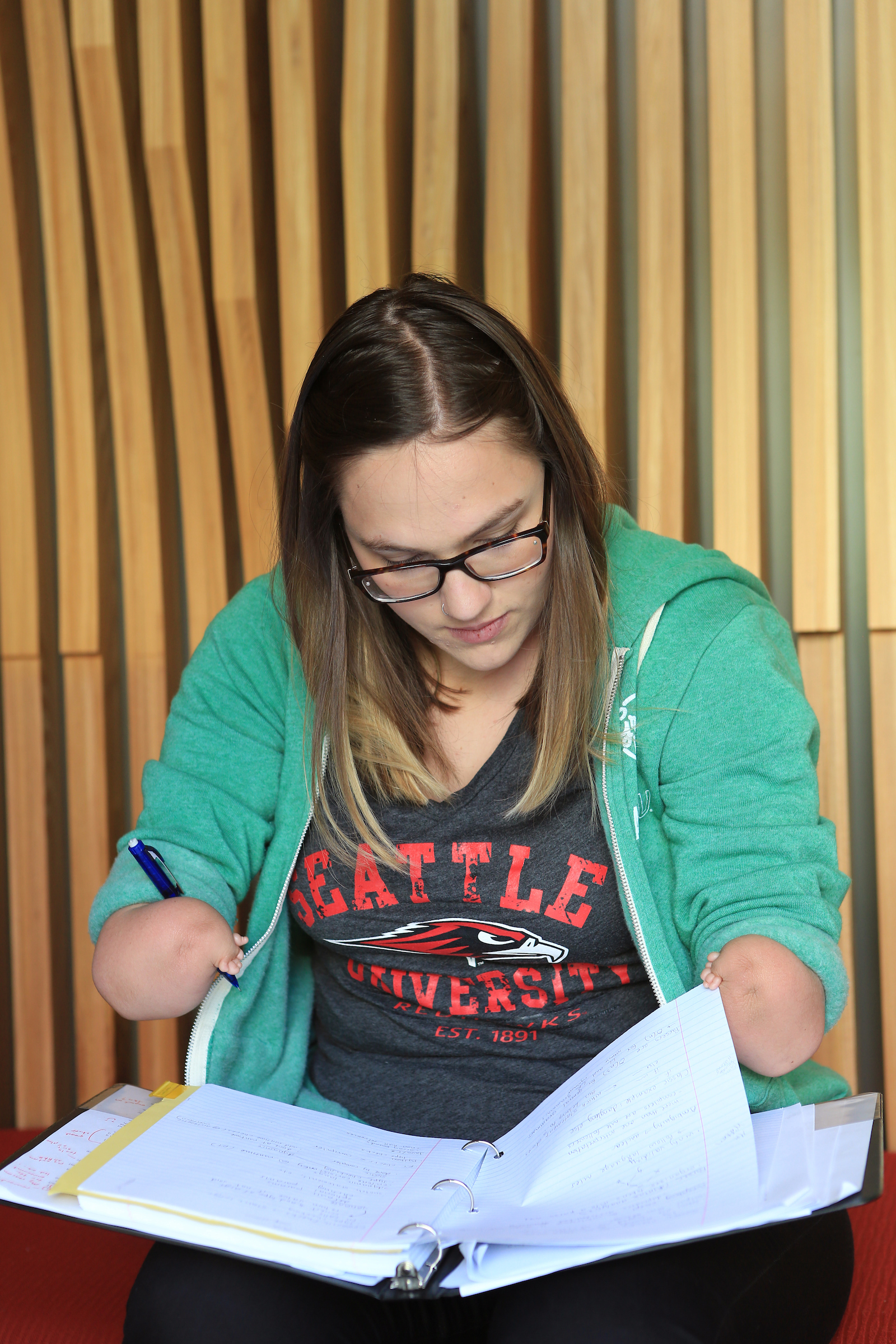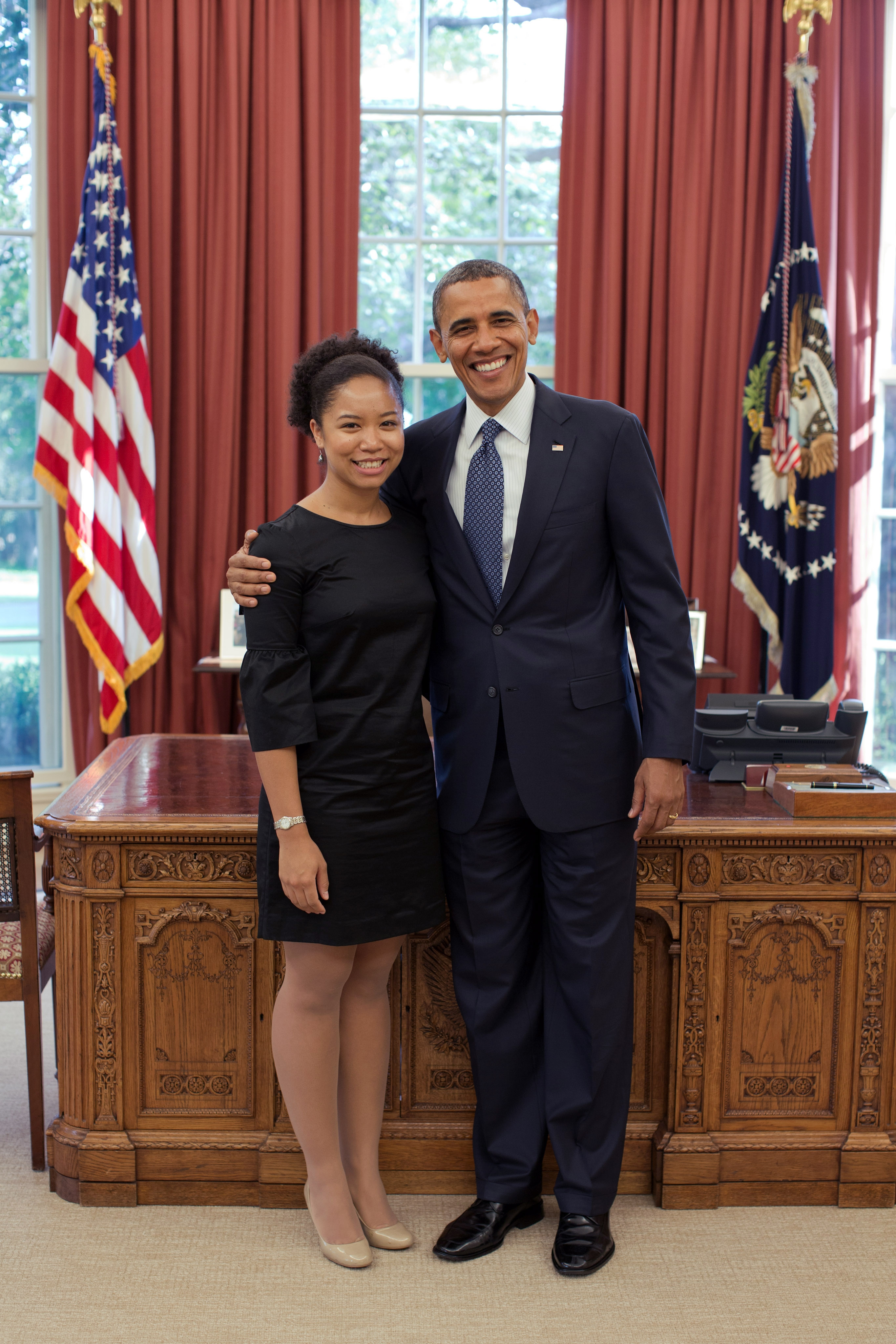First, you need to state your purpose.
-
What do you want to do?
- This question is the fundamental part of the Proposal, and it needs to be original, complex, and thesis-seeking.
-
What work has already been done?
- This is like a literature review, meaning that you are expected to craft a project that is informed by work already done and that identifies an area that has not yet been explored, or not explored in a particular location or in a novel way.
-
How do you plan to do this?
- What methods and resources will you use? Who will you work with?
-
What expertise do you bring to this project?
- How has your course work, internships, study abroad course, foreign language fluency, and work experience prepared out to carry out this project?
Anna Pickett (Class of '17), Fulbright research grant to Nicaragua


